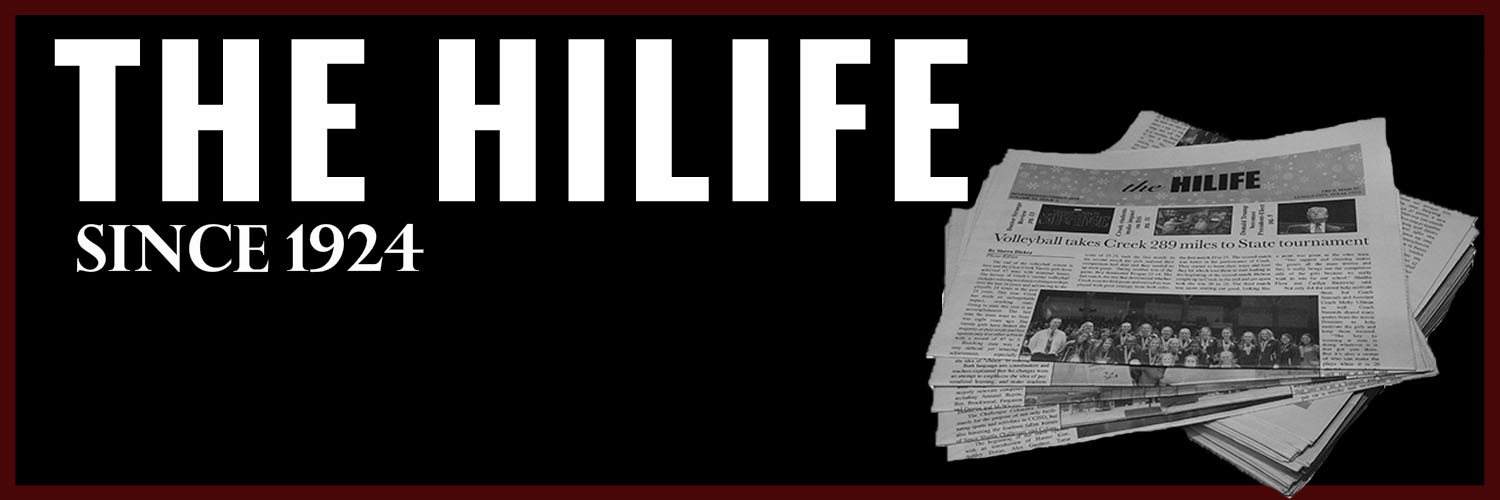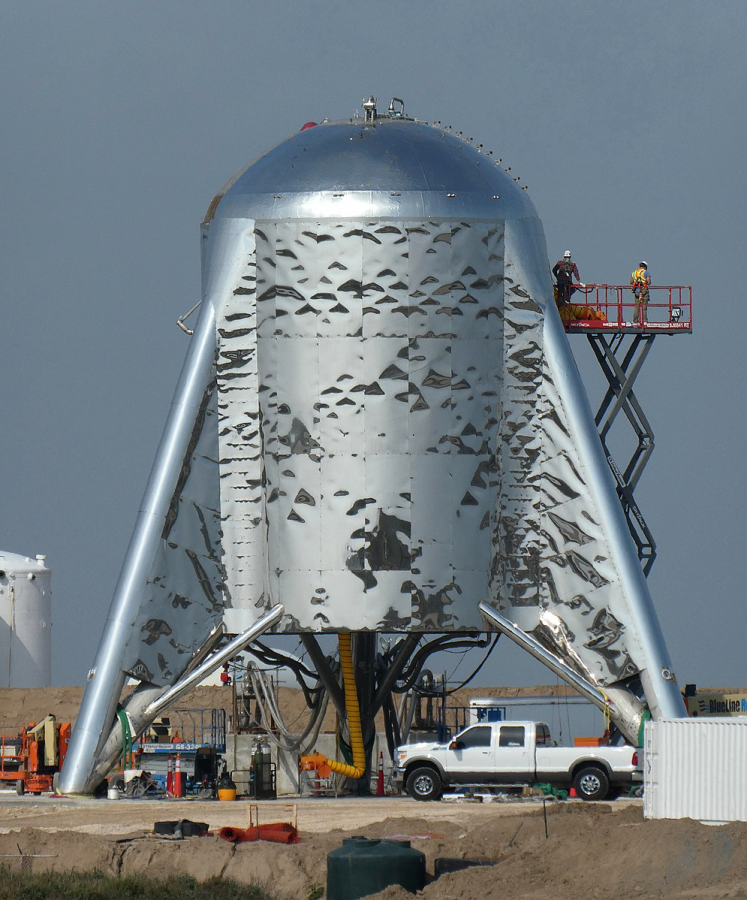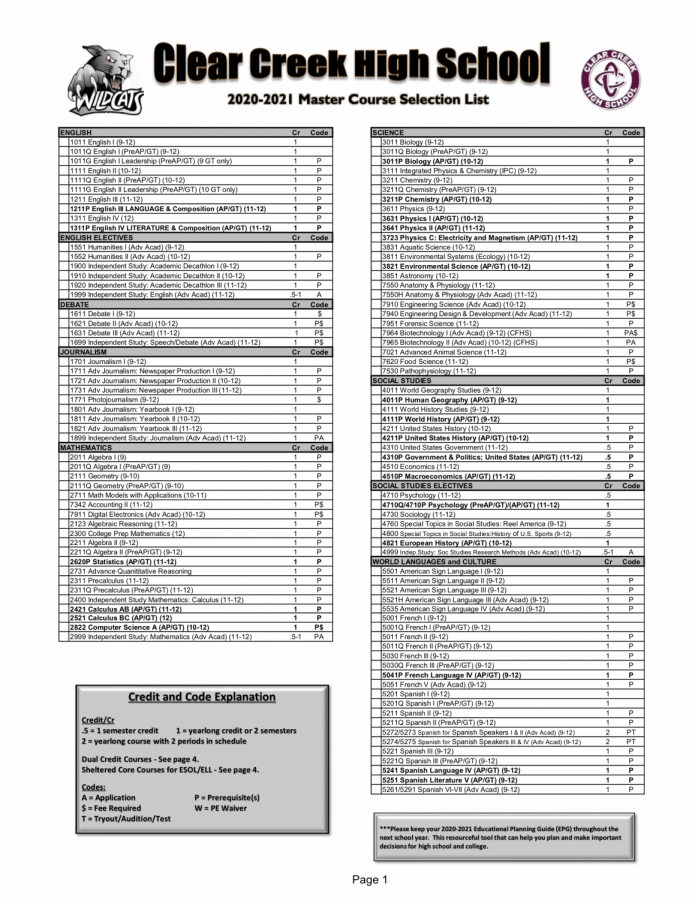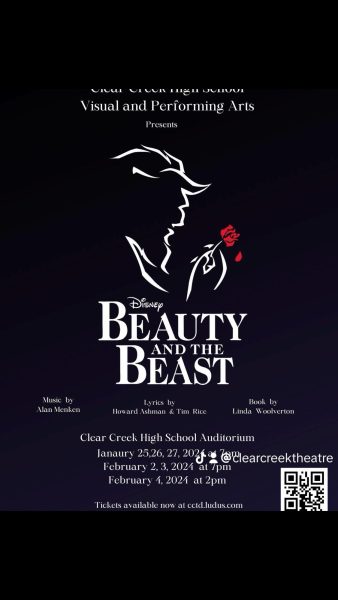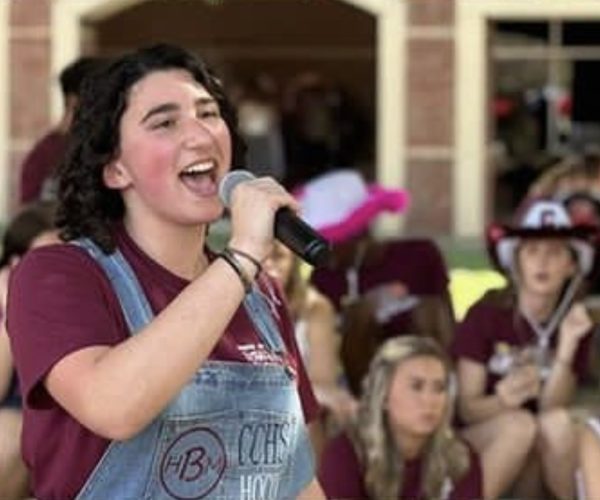CGI: Home to deceased actors
March 3, 2017

Amazing Peter Cushing bust | by Bob Bekian
2016 was a year that saw the release of the first of many Star Wars anthology films: Rogue One: A Star Wars Story. The film turned out to be a box office success and one of the most critically acclaimed films of the year. With the film being a Star Wars film, it was of course christened with monumental special effects, using both CGI and practical effects to portray the characteristic space, space travel, planets and aliens. That being said, the film is sure to be one of many nominees for Best Special Effects at the 2016 Oscars. However, the film’s usual effects are not what’s gotten everyone talking, nor is it what has once again allowed Star Wars to push the boundaries of special effects. Instead, the film has led to both praise, criticism and overall controversy over the use of CGI to resurrect the likeness of actor Peter Cushing for the role of Grand Moff Wilhuff Tarkin.
Willhuff Tarkin is a Star Wars character who originally appeared in the first 1977 Star Wars film, which is now known as A New Hope. Tarkin is arguably the main antagonist of the film and is in charge of the Death Star, a powerful space station whose origins are ultimately explored in Rogue One. The character was portrayed by English film veteran Peter Cushing, who died in 1994. Because the film takes place only days before the events of A New Hope, and focused on the origins of the iconic Death Star, it was pivotal and absolutely necessary that the character of Tarkin appear in the film.
In order to successfully recreate Tarkin and therefore Peter Cushing’s likeness, the special effects crew used a real actor to portray Tarkin. Harry Potter actor Guy Henry won the part to play Tarkin, being the source for Tarkin’s movements and voice. CGI was then used on Henry to make him resemble Peter Cushing, thus recreating the face, voice, movements and mannerisms of Peter Cushing’s character.
The final product has proven to be highly innovative and something that has practically never been done in film. While films like Captain America: Civil War and Tron Legacy have used CGI to make actors look young or recreate their likeness, never has CGI been used to resurrect a deceased actor. While the recreation of Cushing has led to praise, there has been much controversy about whether it’s morally or ethically right use to CGI to recreate a deceased person’s likeness for a film.
Many have questioned whether it’s respectful to use recreate a deceased actor for a film, and now with the passing of Carrie Fisher, people are questioning more than ever if CGI should be used to continue her role in the future Star Wars film.
So is it right to use computer generated imagery in order to portray a deceased actor? Well, the answer is actually not too complicated. It all just depends on the circumstance. The film industry is evolving greatly to the point where it’s becoming easier and easier to overcome some of the difficulties that filmmakers faced in the past.
The film Rogue One was one whose story absolutely required Peter Cushing’s character to appear in the film and for his character to not appear would just seem questionable. Sometimes the story demands certain elements that may require special effects to take control. Putting Peter Cushing’s character in the film made the movie all the more enjoyable and nostalgic and made it all the more accurate as a prelude to A New Hope. The special effects crew even ensured they wouldn’t be in the wrong by gaining permission from Peter Cushing’s estate before going ahead with their plan. The effects crew even assured those concerned that they did “nothing Peter Cushing would have been against.” Peter Cushing absolutely enjoyed his time filming Star Wars and even wished his character could have continued to be in more Star Wars films had his character not been killed off. That being said, this should be the approach any film crew takes when considering CGI for such matters. If the actor’s family or estate is okay with the matter, and gives the crew permission, it should be perfectly fine to use CGI for such purposes.
This has of course not been the first time CGI was used for the sake of the story. Special effects were used in order to finish scenes from the seventh Fast and Furious film that Paul Walker could not complete before his death. The 1994 film The Crow also had to use special effects in order to continue filming due to Brandon Lee’s tragic on set death. These were all of course done with the consent of the actor’s families and estates.
Movies and other means of entertainment are constantly evolving, and the use of CGI in Rogue One is just one example of that. The ethics is based simply on how essential a character or actor is to a story. As long as the story absolutely demands that character, then it is okay. In many ways it is the responsibility of the actor. As an actor, that person is giving away their likeness and immortalizing their looks for a character that will forever exist. To use CGI to bring back Peter Cushing in Rogue One is no different from when his character appears in various comic and animated TV shows are using his looks. His character appeared in the Star Wars: The Clone Wars animated series, and hence Cushing’s likeness was used for that as well. While there are differences between live action and animation, computer generated imagery is beginning to blur the lines between those two and only bettering the film industry and the boundaries we can push as artists. While Rogue One may very well be the first step in the use of CGI, it is definitely an evolution in the art of filmmaking, which has always been about the consent and dedication of the actor and the furthering and betterment of the story.
